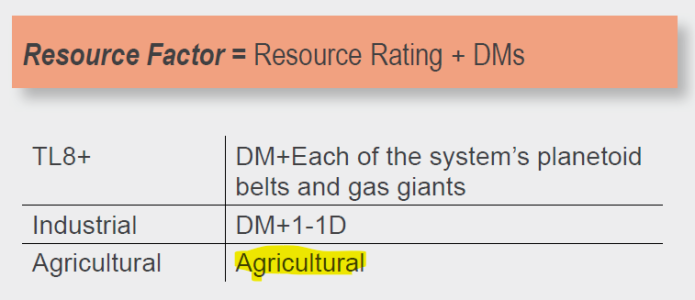I was wrong about being wrong…
Trying to reconstruct what I did 2+ years ago (with no notes, just spreadsheet scribbles)
Assumption One:
The factors I included for tidal energy change in the following manner: ~M^2*R^5* N* E^2/A^6
M=mass of planet
R = radius of world (or Size in this unitless case)
N = mean angular speed in orbit
E= eccentricity
A = orbital distance
From that, I considered N to be proportional to the circumference of the orbit / orbital period, so that’s proportional to 2*pi*A / P, where A is the orbital distance and P is the period… since the fudge factor to make the temperature work out is going to be a constant added later, we can ignore the 2*pi and we can reduce the power of A in the divisor from 6 to 5.
And this is the total amount of tidal energy.
So, Assumption Two:
The energy is going to be applied to the entire body and the actual temperature increase is therefore going to be proportional to the mass of the body heated – so 1/ Mass = the actual temperature increase on the body from tidal heating. (If you follow my assumption, all that energy goes into the object and it is applied in direct proportion to the mass – this is my weakest assumption, but there it is - I have a hindsight sneaky suspicion that it might be more correct to assume 1/ Mass^(1/4) ) .
So this gives the final formula as written:
~M^2*R^5* E^2/(A^5 * P * Mass of moon)
For Luna the values I plugged in were:
M =1
R = 2.17175 (here is where you’re going to get a difference for sure, since I took the radius of the moon divided by 1600 times 2 rather than just 2.)
E = 0.055 (not sure why I wasn’t so precise here, but at least I wasn’t off a full decimal point)
A= 0.3844
P= 27.322
M = 0.0123
Which should get you 51.81315 which rounds to 52, and then divide by 3000 to get 0.017271.
Is this correct? Don’t know. A real astrophysicist would probably complain a lot about my assumptions (especially the second one), but if you look at the Wikipedia article
https://en.wikipedia.org/wiki/Tidal_heating (not my only source, but I never found anything more useful) it talks about things like “the imaginary portion of the second-order Love number)” and nope, I just wanted to get a number that gave a plausible temperature that varied in a plausible way based on values we already had.

